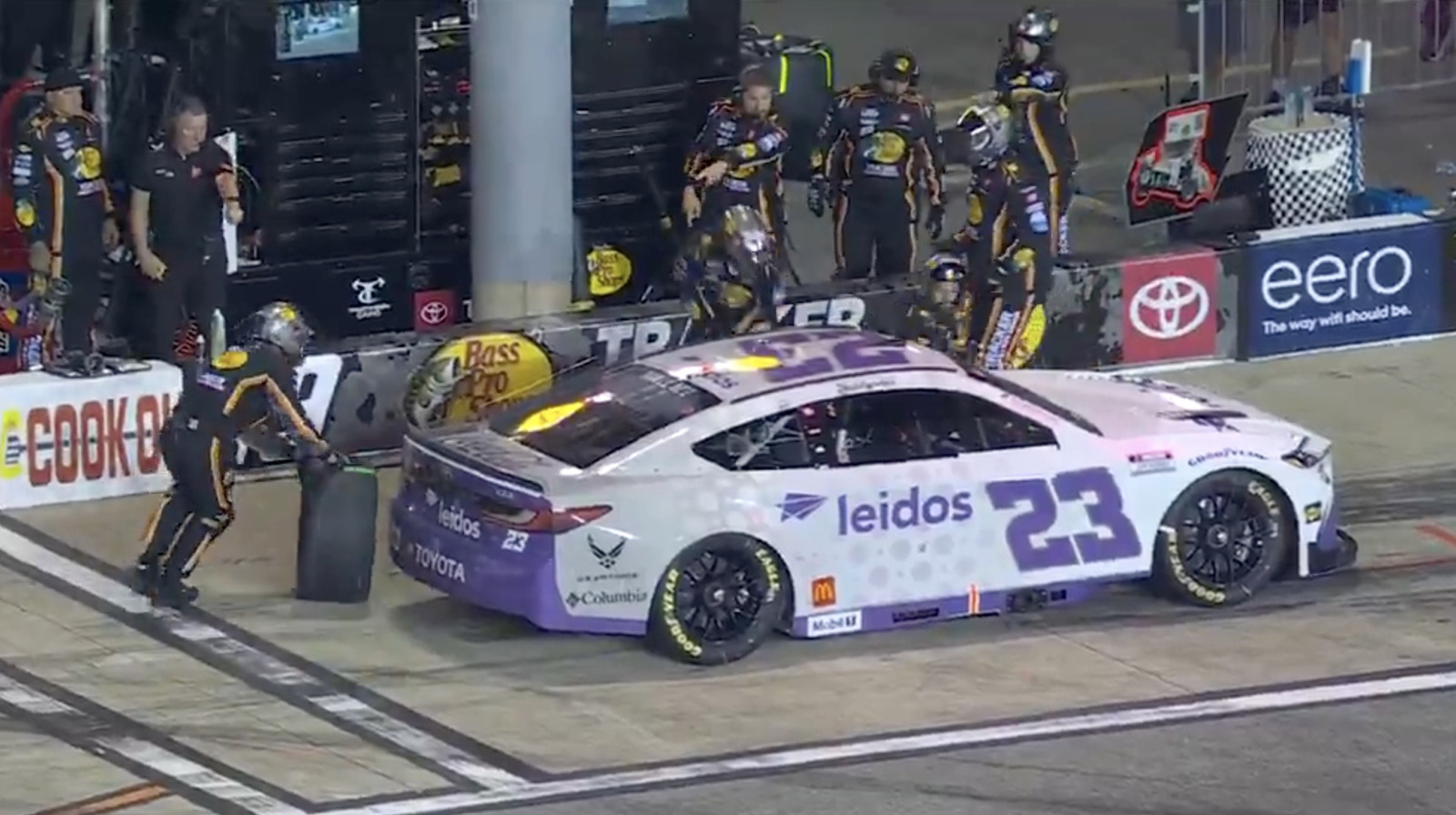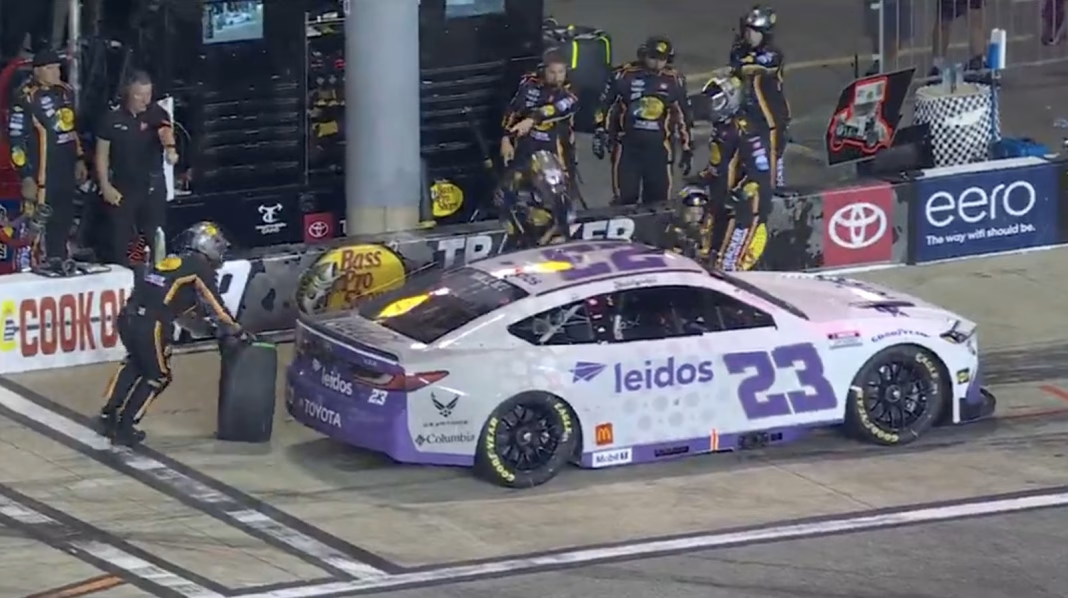What Actually Happens When a Wheel Comes Loose During a Race?
Picture this: you’re barreling down the straightaway, adrenaline high, and suddenly—thunk. A wheel breaks free from your car. That’s exactly what happened to Bubba Wallace during a recent race, and the aftermath was as dramatic as you’d expect. The loose wheel didn’t just roll harmlessly off to the side; it actually caught up to Wallace, bounced off his car, and finally came to a stop. It’s the kind of chaos that makes racing so unpredictable—and so captivating.
Why Do Wheels Come Off in Professional Racing?
You might wonder how something as basic as a wheel could come loose at the highest level of motorsport. The answer is a mix of high-pressure pit stops, mechanical stress, and sometimes just plain bad luck. NASCAR pit crews, for example, have to change all four tires in under 15 seconds. That’s barely enough time to blink, let alone double-check every lug nut. Even with the best training, mistakes happen. A single missed lug or a faulty part can spell disaster at 200 miles per hour.
But it’s not just human error. The forces acting on a race car are brutal. According to a 2023 engineering study from the Society of Automotive Engineers, the torque on a NASCAR wheel during a race can exceed 5,000 Nm—enough to shear bolts if they’re not perfectly tightened. That’s why teams obsess over every detail, from the type of wrench used to the sequence of tightening.
How Dangerous Is a Loose Wheel on the Track?
A runaway wheel isn’t just a minor inconvenience. It’s a 40-pound projectile moving at highway speeds. When Wallace’s wheel bounced off his car, it could have easily caused a multi-car pileup or injured a crew member. NASCAR and other racing organizations have strict rules about wheel retention for this reason. In fact, after several high-profile incidents, the league introduced single-lug nut systems and stiffer penalties for loose wheels in 2022.
But even with these precautions, accidents still happen. In a 2022 race, a loose wheel ricocheted into the infield, narrowly missing a group of photographers. The lesson? There’s no such thing as a “safe” loose wheel at a racetrack.
What Do Teams Do When Disaster Strikes?
When a wheel goes rogue, it’s all hands on deck. The driver’s first job is to keep the car under control and avoid causing a bigger wreck. Meanwhile, the pit crew scrambles to assess the damage and get the car back in the race—if possible. In Wallace’s case, his Toyota teammates jumped in to help fix the issue, showing just how tight-knit these teams can be under pressure.
There’s also a lot of behind-the-scenes work that fans don’t see. Teams review pit stop footage frame by frame, looking for the tiniest mistake. Engineers might even run simulations to figure out what went wrong and how to prevent it next time. It’s a blend of high-tech analysis and good old-fashioned teamwork.
How Do Racing Leagues Respond to These Incidents?
When a wheel comes off, it’s not just the team that faces consequences. Racing leagues often hand out penalties, ranging from fines to suspensions for crew members. After a string of incidents in 2022, NASCAR started suspending crew chiefs for four races if a wheel detached during competition. The message is clear: safety comes first, and mistakes have real consequences.
Leagues also use these incidents to drive innovation. For example, the switch to a single-lug nut system was partly inspired by the need to reduce loose wheels. According to a 2023 report from Motorsport.com, this change has already cut the number of wheel-related incidents by nearly 40 percent.
What Can Everyday Drivers Learn from Racing Mishaps?
It’s easy to think that racing accidents have nothing to do with daily driving, but that’s not the case. Loose wheels can happen on the highway, too—usually after a tire change or brake job. The National Highway Traffic Safety Administration (NHTSA) estimates that wheel separations cause over 750 crashes a year in the US alone.
The takeaway for regular drivers? Always double-check your lug nuts after any service, and don’t ignore strange noises or vibrations. If the pros can make mistakes under pressure, so can the rest of us. A few extra minutes could save you from a dangerous situation.
Why Do Fans Love the Unpredictability of Racing?
There’s no denying it: part of the thrill of motorsport is the unexpected. When a wheel comes loose and chaos ensues, it’s a reminder that anything can happen. Fans might gasp, groan, or cheer, but they’re always glued to the action. These moments test not just the drivers, but the entire team’s ability to adapt and recover.
And sometimes, as with Wallace’s teammates rushing to help, you see the best of the sport—camaraderie, quick thinking, and resilience in the face of adversity. That’s what keeps people coming back, race after race.
The big takeaway? Racing isn’t about perfection—it’s about smarter adjustments. Start with one change this week, and you’ll likely spot the difference by month’s end.


